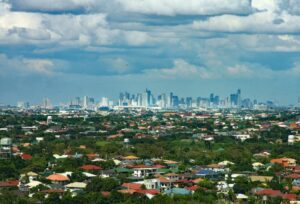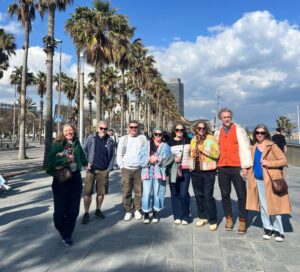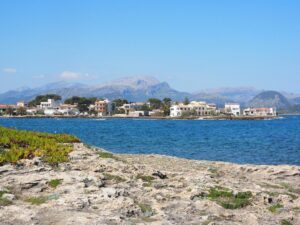Spectacular Cities and Serene Seas: A Brief Destination Guide To Japan
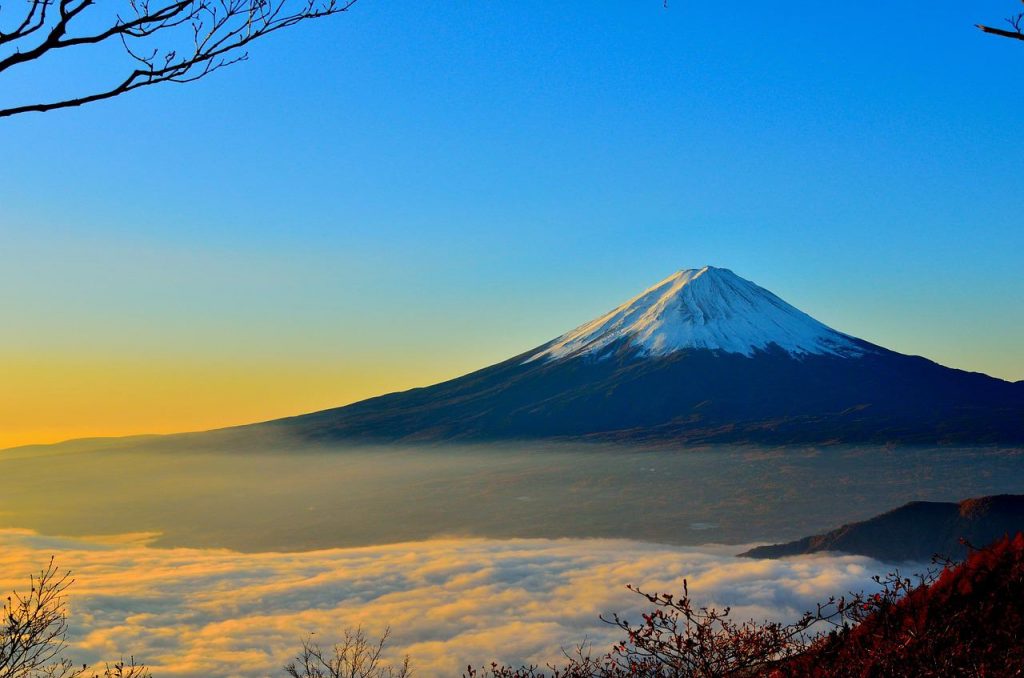
Japan has a wealth of natural wonders and cultural gems to explore – here we take a brief look at three Japanese dream destinations that are on every serious traveller’s itinerary, and share some top tips to make your trip more enjoyable.
Image by kimura2 CC0
Where To Go: Tokyo vs Kyoto
Kyoto was once the capital of the country, and it remains a historical gem, a time capsule of Japanese culture. Here you’ll find Geishas, teashops, temples, and shrines set amongst delightful scenery. The magic of Kyoto is kept in place by strict development regulations, so no tall buildings or new metro lines allowed! Kyoto is the place to be at this time of year too as the Cherry blossoms are in full bloom. Top tip is to take the bullet train from Kyoto to Tokyo, the new Capital to catch some stunning views of Mount Fuji.
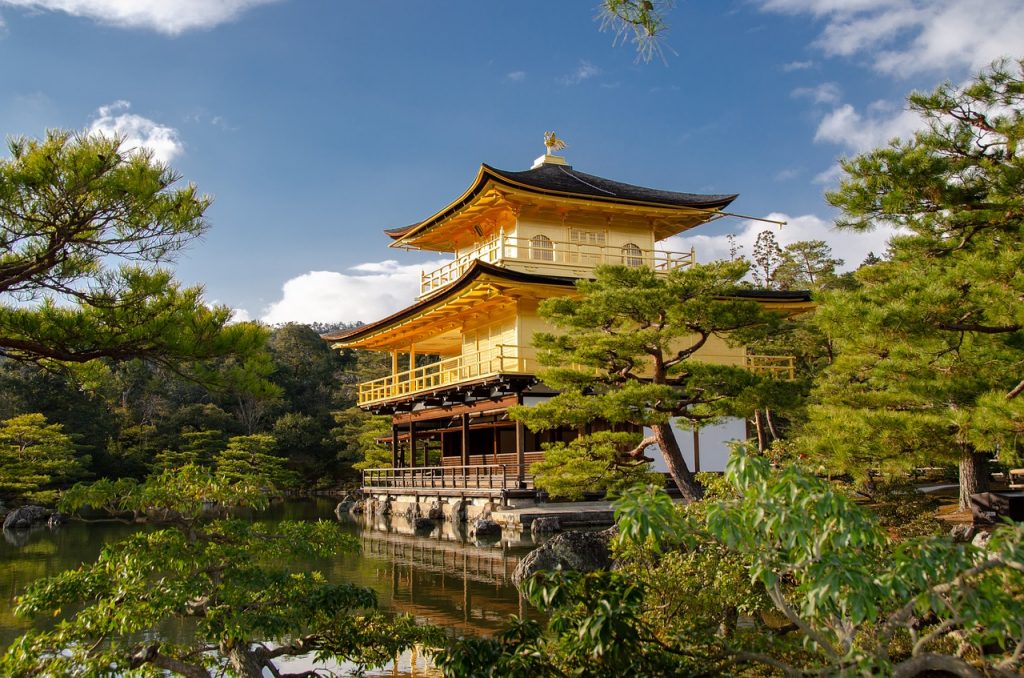
Image by pen_ash CC0
Tokyo is the polar opposite of Kyoto. It is a futuristic metropolis bathed in glorious neon, and brimming with forward thinking tech. The pace of life here is fast and full on and consumerism is a way of life – but don’t be fooled into thinking that is all Tokyo has to offer. It may be a vast and highly populated city, but there are plenty of beautiful open spaces, and many temples and shrines survived the onslaught of WW2, be sure to visit the Imperial Palace in Kokyo Gaien National Gardens.
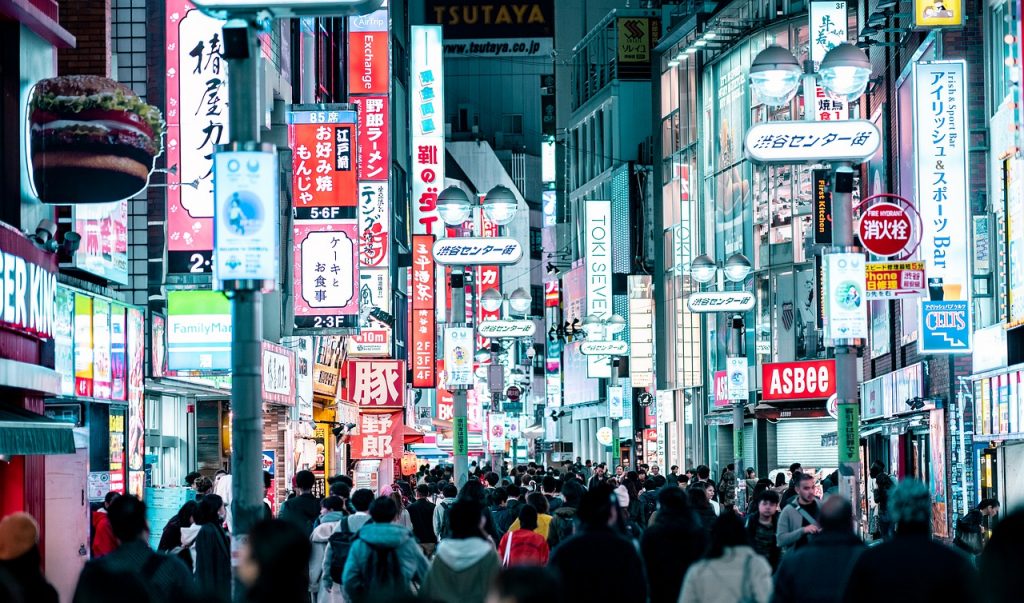
Image by binmassam CC0
Take Some Time Out on a Tropical Beach
Japan has a wealth of gorgeous beaches that boast white sands and emerald seas but arguably none are more wonderful than those in Okinawa. Okinawa’s tropical climate, coral reefs, and extended good weather season make it the place to head for some rest and recuperation, as well as watersports activities. Many of the beaches are remote, there are over 100 in total, but at the most popular you’ll find diving, snorkelling, boat trips and kayaking all available, Manza is probably the best known.
Don’t forget your travel insurance – especially if you are thinking of heading to the beach for some watersports fun! Our Wintersport & Ski Travel Insurance also offers specialist cover for watersports such as diving, snorkelling, kayaking, boating and so much more.
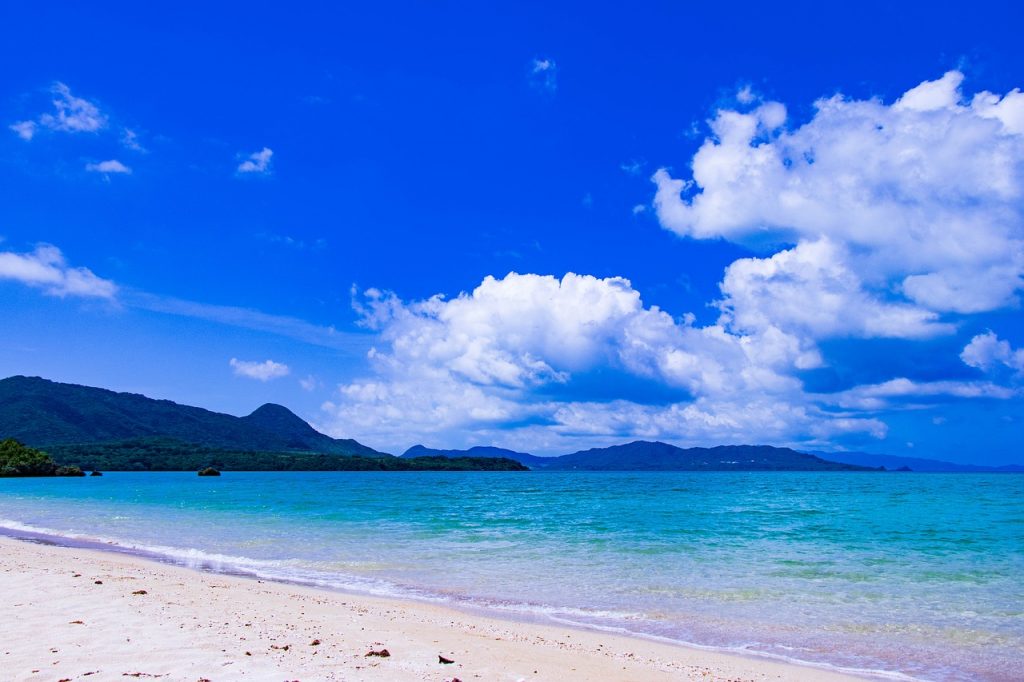
Image by MSeimori CC0
What to Eat
Japan is a foodies delight! Sushi and Sashimi are probably the most famed types of food. As a brief overview sushi refers to the rice which either comes topped with or encasing fish or vegetables, and sometimes wrapped in seaweed (aka maki); sashimi on the other hand is usually just thinly sliced raw fish sometimes with a leaf but never with rice. Ramen noodles are a popular hot dish, and no trip would be complete without sampling some tempura – a fried dish made with a delicate batter covering either seafood or vegetables.
What to Drink
Saki is considered the national drink of Japan, a fermented rice wine that is often drunk warm and considered quite potent.Amazake translates as “sweet sake” and is a low alcohol, or zero-alcohol version.Green tea is the most consumed beverage in Japan, and at the heart of the Japanese Tea Ceremony. There are loads of different types of Green Tea in Japan: Ryokucha, Matcha, Konacha, Hojicha, Genmaicha, so take time to go on a Japanese Tea Tasting Tour during your stay.
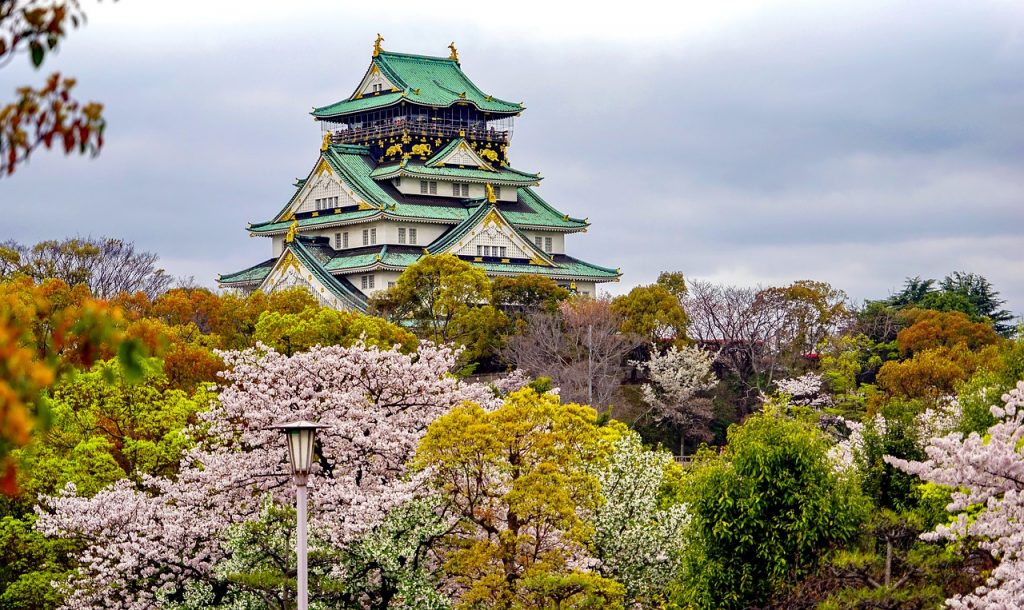
Image by nguyendinhson067 CC0
Good to Know
Don’t tip in Japan. Be it taxi driver, waiter, waitress, bartender… you are more likely to cause offence if you try and pay extra.
Best time to go to Japan is in spring for the cherry blossom or autumn for the spectacular sight of leaves turning red.
You may want to avoid Golden Week usually end of April/start of May as it’s the biggest national holiday in Japan and VERY busy. Silver Week in the latter half of September is also best avoided for the same reasons.
